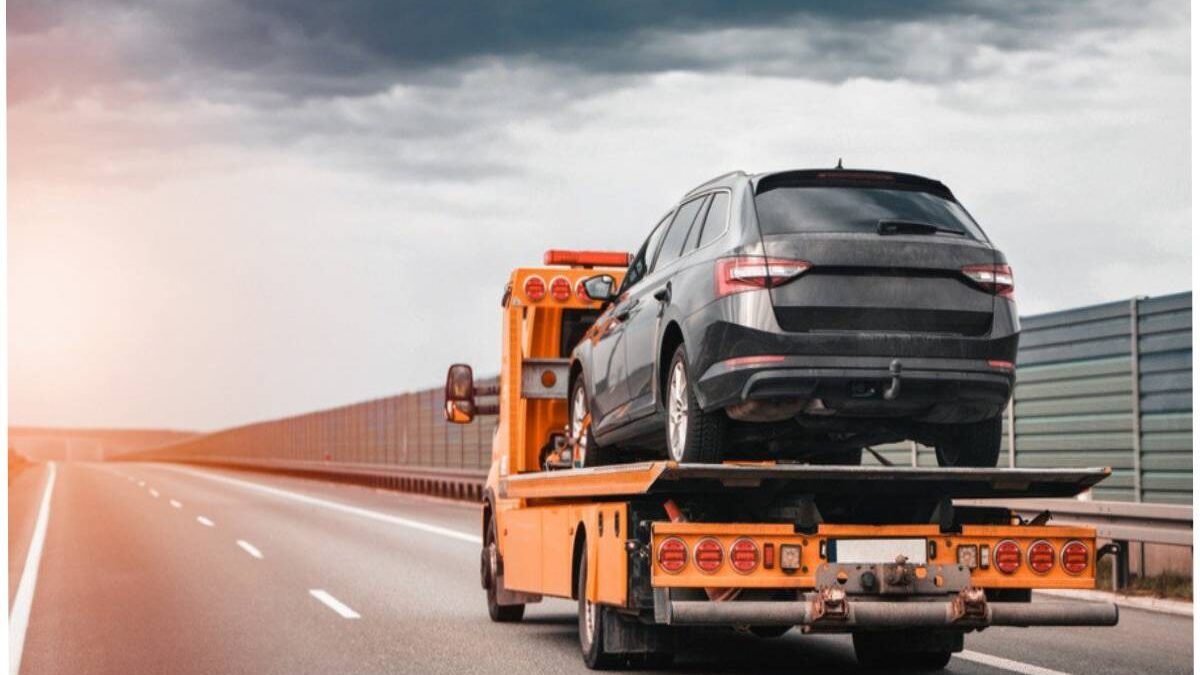Whether you’re relocating, buying a car from another state, or sending a vehicle to a loved one, online car shipping solutions have made the entire process significantly easier. But how exactly do these services work? This article takes a step-by-step look at the process to understand the mechanics behind modern vehicle transportation.
Table of Contents
Step 1: Getting an Instant Quote
The journey typically begins with obtaining a quote. Online car shipping platforms allow users to enter a few key details — such as the vehicle type, pickup location, destination, and preferred shipping date. In return, they receive an instant estimate. These quotes help customers budget accordingly and often include options for different types of transport services like open carrier or enclosed transport, depending on the level of protection desired.
Step 2: Comparing Carriers
After receiving quotes, customers can compare various auto transporters based on price, reviews, insurance coverage, and delivery timelines. Many online shipping platforms vet their carriers for reliability, licensing, and insurance, offering peace of mind. This comparison shopping model empowers consumers to make informed decisions without the need for endless phone calls or paperwork.
Step 3: Booking the Shipment
Once a carrier is chosen, booking is usually just a few clicks away. The online portal will request further details about the car, including any modifications (like lifts or oversized tires) that could affect the shipping process. Payment terms are often flexible, with some companies requiring a small deposit upfront and the balance upon delivery.
Step 4: Preparing the Vehicle
Before the vehicle is picked up, owners are advised to prepare it for transport. This includes removing personal belongings, checking for any pre-existing damage, ensuring minimal fuel in the tank (typically around a quarter full), and disabling alarms. Documenting the vehicle’s condition with photos is also highly recommended to avoid disputes later.
Step 5: Pickup and Transit
The carrier arranges a pickup date and location based on the customer’s preferences. Upon pickup, a Bill of Lading (BOL) is created, documenting the vehicle’s current condition. This document serves as both a receipt and a checklist for the delivery inspection.
During transit, customers often receive tracking updates, either through the platform or directly from the carrier. Modern solutions use GPS tracking for real-time updates, giving customers visibility into their vehicle’s journey.
Step 6: Delivery and Final Inspection
Upon arrival, the vehicle undergoes a final inspection. The owner (or their representative) checks for any discrepancies against the original BOL. If everything matches, the customer signs off, and the transaction is complete. If there are any issues, they must be documented immediately to facilitate any insurance claims.
Why People Choose Online Car Shipping Solutions
The digitalization of vehicle shipping has removed much of the traditional stress involved in transporting a car. With streamlined booking, competitive pricing, verified carriers, and improved transparency, online solutions have made what was once a complex process remarkably simple.
For instance, if you’re seeking vehicle transportation in Michigan, platforms like Shiply connect you directly with experienced carriers who specialize in that region. This localized expertise ensures that your vehicle is handled by professionals familiar with Michigan’s roadways, weather patterns, and transportation laws. For customers in the UK looking for a local solution, a trusted Car Delivery Service Kent offers the same convenience and professionalism found in top online shipping platforms.
Final Thoughts
Online car shipping services exemplify how technology can transform industries for the better. By simplifying communication, enhancing transparency, and offering greater choice, these platforms have turned what used to be a complicated, stressful endeavor into a smooth and user-friendly experience. Whether you’re moving cross-country or just across the state, these modern solutions offer an easy and efficient way to transport your car safely and reliably.

